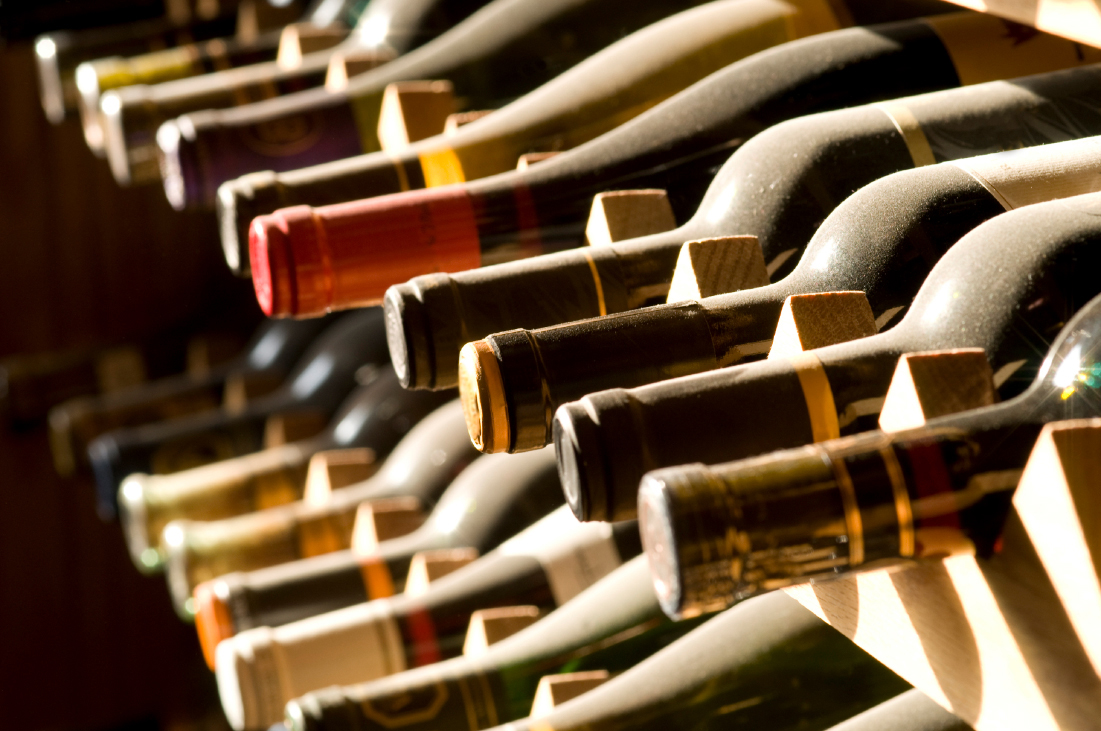Investing
Is it time to harvest returns from wine?

After three years of poor performance, 2013 is predicted to be a corker for the fine wine market.
Investors interested in the fine wine market will have been dazzled by headline growth estimations over the past few years, especially at a time when sitting on cash seems fruitless, and the traditional markets are anything but soothing.
However, performance has not met expectations; 2012 was a particularly poor year thanks to the economic environment and the dismal 2011 Bordeaux en primeur campaign which was released into the market at a “painfully slow pace and at too high a price”.
Despite this, experts are once again heralding a bright year for the fine wine market.
The Wine Investments Fund (TWIF) predicts a vintage year with a 14% gain in the fine wine index, the Liv-ex 100, expected.
Chris Smith, investment manager at TWIF says: “Our realistic worst case scenario is a fall of 5%, while an increase of 25%+ is well within the bounds of possibility. We believe that there is an 85% chance that 2013 will see a positive return on the Liv-Ex.”
Longer term drivers also look more positive: investors are becoming nervous about the impact of inflation on their investments.
Smith adds: “Like gold, wine is a physical asset which is immune to inflation and its value cannot be eroded by the actions of governments. It is therefore likely to attract attention when inflation fears rise. And there is also, in the years to come, the prospect of new sources of demand from markets such as India.”
One way to access this asset class is to invest in a fine wine fund.
Investors looking at such products will understandably be cautious despite the upbeat predictions from managers in the space.
The fine wine market has performed negatively for the past three years, despite positive predictions from fund managers every year.
Justin Gibbs, managing director of Liv-Ex, says investors are right to be wary as managers have a vested reason to look upbeat:
“Fund managers very much have a view on the market and that’s what they represent to their investors and merchants. At Liv-ex, we say what we see and don’t really have a view, as we look at the trends.
“January 2013 finished up 2.8% and that in itself is a positive number and is the largest single month gain in two years. It’s been a pretty torrid time, the market peaked out in June 2011, and in that time the Liv-ex fell 29%.
“It’s still, after inching up over the past six months, 25% off that peak. I suppose if you are someone who likes to buy low and sell high, the market will be attracting some interest. After a year and half of relentless bad news, the market may look attractive if you are a contrarian investor, but then again so do most markets in January.”
Gibbs says that the key indicator to look at is the bid-offer ratio. That is the number of bids divided by the number of offers in the market. In the fine wine market there tends to be a greater number of offers than bids.
By nature, stock holders offer their stock to the market and the question is whether there are enough bids.
“At the moment, we have a bid-offer rate just shy off 70% – which is for every £100 of offers there are £70 of bids. That’s a quite a positive number. In July last year, that ratio was 20% and post Lehman Brothers the ratio was 10% – where buyers just disappeared from the market and were not interested at any price,” Gibbs continues.
Gibbs points to the ‘spread between the bid-offer ratio’ as the next important point for investors to look at. The spread is the difference between the highest price that is being offered for a bottle and the lowest price the seller is willing to sell for.
“If we have a high bid-offer ratio and a tight spread then the market is looking up, but what we have now is a high bid-offer ratio but a historically wide spread.
“The average spread now is just north of 15%, that actually is quite a wide spread. Post-Lehman Brothers it went up as high as 18%, but when the market is running strong the spread is around 8-10%.”
Currently the market is enjoying a boost due to demand from the lead-up to the Chinese New Year.
Increased instability with the sterling will also have an impact on the fine wine market as exchange rates will affect prices; the three key rates are sterling/yen, sterling/renminbi and sterling/euro.
The first two affect demand because, for example, a falling pound allows buyers in Japan and China, the two most important sources of demand at the moment, to pay more in sterling without increasing the cost to themselves.
The third is relevant because although the UK is the main centre for the secondary market in fine wine, France, and particularly Bordeaux, is another possible source, and a weaker euro would make wines held there relatively more competitive from the point of view of an Asian buyer.
Valuers at online asset lender, Borro, say that, contrary to widespread belief, there may be a slight downward trend in the overall price in fine wines for the first part of the year. However, they also point out that historically “wine has always performed well at auction and is still a good option for investment.”
It is also worth noting that investors can opt for funds that invest in wine indirectly such as fertilizer companies, wineries and bottle producers, to minimise the risks of investing directly in the end bottled product.